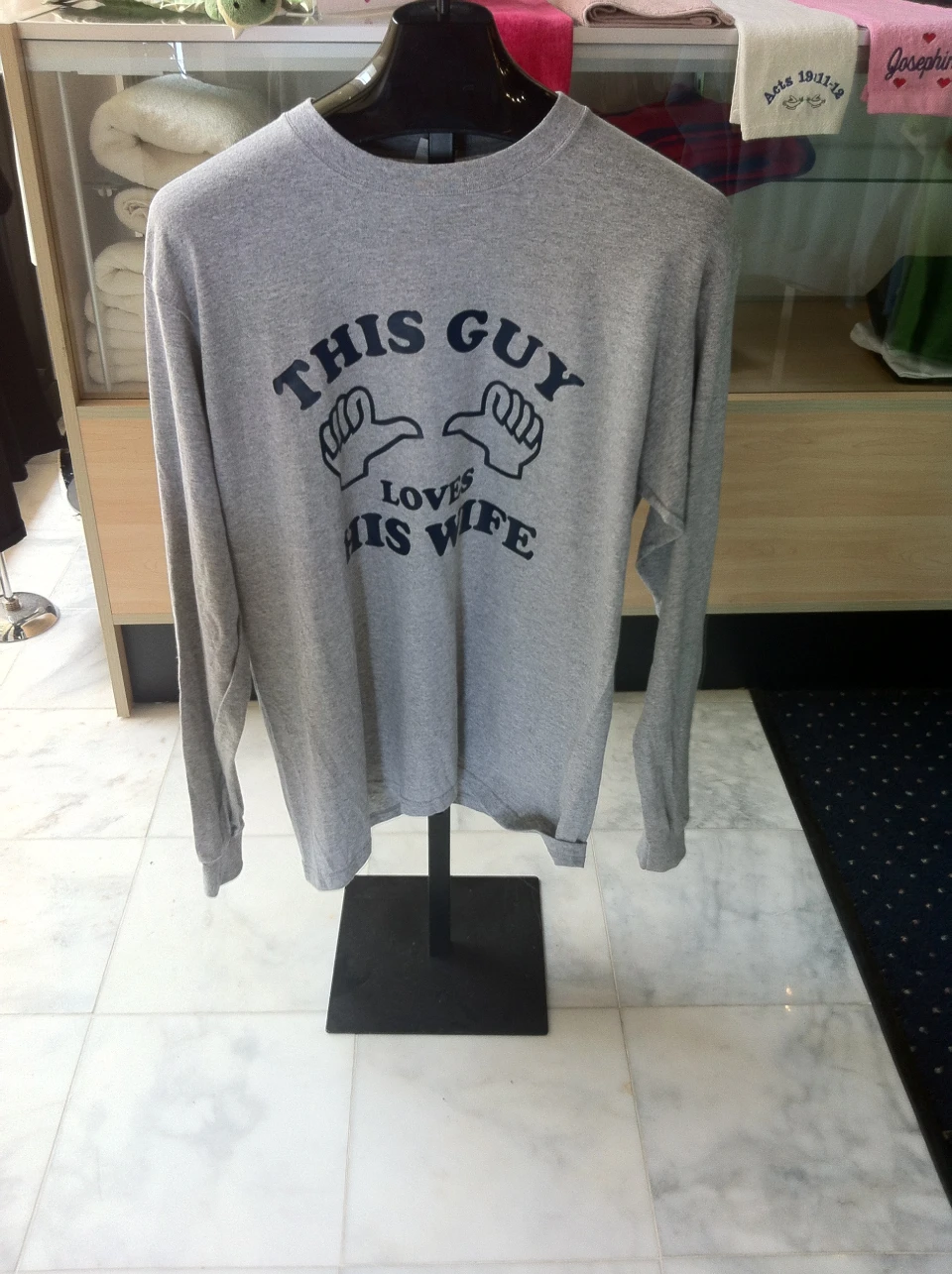The Art of Personalized Embroidery: Opening the Tricks to Creating Unique and Remarkable Styles
The keys to creating customized needlework designs that mesmerize the eye and leave a lasting impression lie in a delicate balance of strategy, imagination, and interest to detail. As we dig right into the globe of custom embroidery, we discover the nuanced interaction in between string option, stitch complexity, and layout customization that raises a simple garment to a work of art.
Choosing the Right Embroidery Threads
When picking embroidery threads, what vital factors should you consider to make sure the ideal outcomes for your personalized layouts? The selection of embroidery thread is critical in figuring out the final end result of your stitched style. Among the primary factors to consider is the product of the string. Different products such as cotton, polyester, rayon, and silk use varying degrees of sheen, durability, and structure. It is vital to pick a string product that complements the material you are stitching on and aligns with the preferred appearance of the style.
Moreover, the weight or thickness of the string plays a significant function in the appearance of the needlework. Thicker threads can include measurement and texture to your style, while finer strings are perfect for complex information and small message. In addition, taking into consideration the color fastness and washability of the string is essential to make certain that your customized layouts maintain their top quality and vibrancy with time. By carefully evaluating these variables and picking top notch threads that fulfill your certain needs, you can enhance the visual charm and durability of your stitched productions.
Checking Out Different Stitch Techniques
To look into the realm of 'Checking out Different Stitch Methods', one should understand the details and nuances that each stitching method gives the art of embroidery. Various stitch methods not just include visual rate of interest but also add to the total appearance and measurement of the design. One prominent stitch method is the satin stitch, which involves very closely stuffed parallel stitches to create a smooth and shiny surface, perfect for filling in shapes and producing bold outlines.
On the various other hand, the backstitch is a versatile method usually used for describing and adding fine information. It entails sewing backwards to produce a solid line of embroidery. In addition, the French knot stitch adds a responsive element to styles, best for creating distinctive accents like blossom centers or attractive touches.
Checking out different stitch methods allows embroiderers to have fun with light, darkness, and depth within their layouts, raising the aesthetic appeal and imaginative high quality of their needlework jobs. By mastering numerous stitching approaches, one can unlock countless possibilities for creating distinct and remarkable custom needlework pieces.
Incorporating Personalized Style Elements
Having checked out the details of different stitch methods such as the satin stitch, backstitch, and French knot, the emphasis currently changes towards integrating tailored layout components in customized embroidery tasks. Customized design aspects play an essential function in making needlework tasks absolutely unique and memorable.
One more method to include tailored design elements is by including symbols or themes that hold special significance to the recipient or show their rate of interests and individuality. Including a favored blossom, pet, or hobby-related icon can make the needlework style a lot more significant and individualized. Furthermore, selecting colors that resonate with the recipient or align with the intended motif can further boost the customization of the needlework project.
Understanding the Art of Color Control
One key element of color coordination is recognizing shade theory. This consists of recognizing exactly how different colors communicate with each other, the feelings they share, and just how they can be combined to create visually attractive designs. By using color theory principles, embroiderers can produce harmonious color combinations that improve the general appearance of the style.
Furthermore, focusing on contrast is vital in shade control. Making use of contrasting shades can aid particular read review components of the layout pop, enhance legibility, and create a visually vibrant embroidery item. By grasping the art of color sychronisation, embroiderers can raise their designs and create memorable items that reverberate with customers and audiences alike.
Enhancing Texture With Advanced Needlework Stitches

French knots, for example, are ideal for adding small, increased dots to your layout, resembling the appearance of grains or developing a textured surface area. Bullion knots, on the other hand, can be made use of to develop twisted, ropelike components that include an extravagant feeling to the needlework. Seed stitching includes tiny, scattered stitches that can complete areas with a speckled structure, while turkey job produces fluffy, dimensional accents similar to animal fur or foliage. Trying out with these sophisticated embroidery stitches allows you to press the borders of standard embroidery and produce really distinct and aesthetically enticing textures in your styles.
Final Thought
Finally, the art of personalized needlework involves a mix of selecting the right strings, checking out various stitch methods, integrating tailored design components, mastering color control, and improving appearance with sophisticated stitches. By understanding and applying these crucial elements, embroiderers can develop distinct and unforgettable designs that display their creativity and ability. Needlework lovers can open the keys to developing attractive and custom items that stick out and leave a long-term perception.